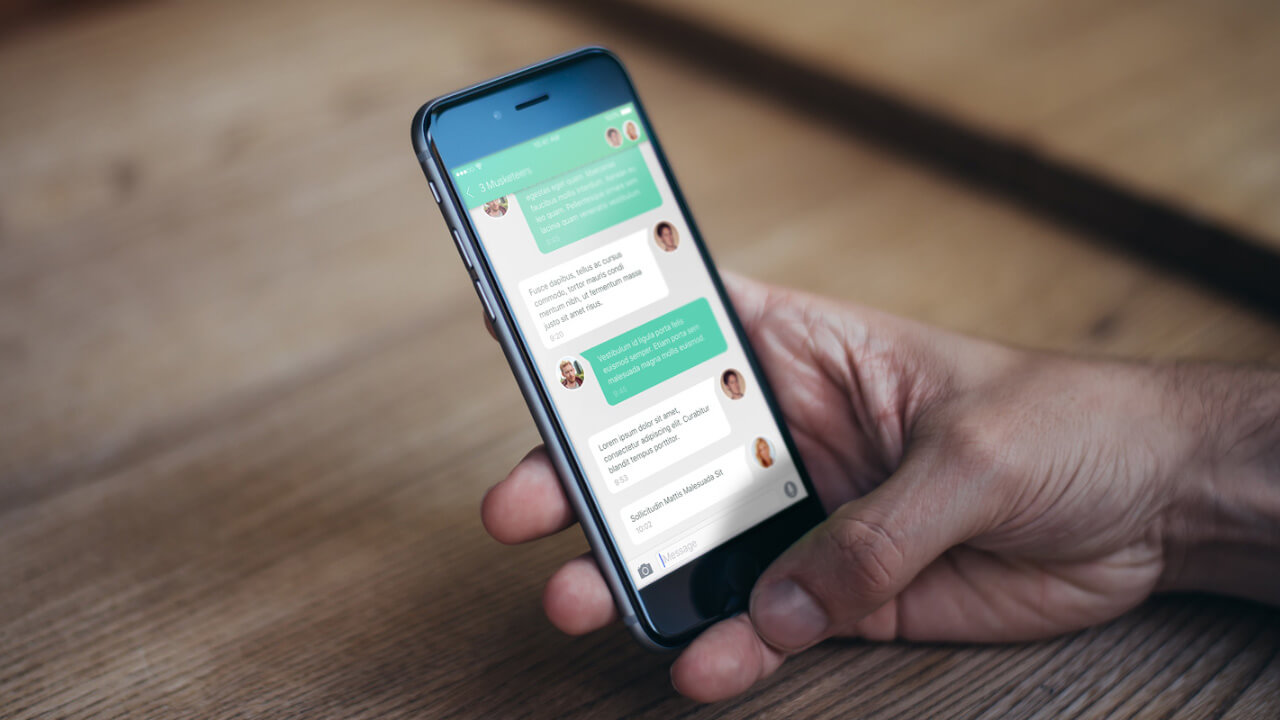
In a world where customer expectations are constantly rising, and social media can amplify experiences, service recovery has become an essential art for any company aiming to maintain customer loyalty.
NB: This is an article from EHL
Subscribe to our weekly newsletter and stay up to date
Mistakes are now magnified (and even go viral), consumers have hundreds of alternative options, and errors come at a higher cost.
But there’s good news! Just as your minor missteps resonate, so does the praise when a company acknowledges its faults, apologizes, and provides a genuine, human, and tangible solution.
A recent Retail Customer Dissatisfaction Study showed that 95% of dissatisfied customers return if their problem is effectively resolved. This underscores the importance of not only addressing errors but also turning discontent into happiness.
This article will delve into the magic of service recovery through seven inspiring key actions that have served companies well in transforming challenging moments into opportunities to strengthen their customer relationships.
1. The magic of Amazon: Less talk, more action
Amazon is renowned for its exceptional customer service. If a customer receives a damaged or incorrect product, Amazon promptly replaces it or issues a refund without asking questions. This hassle-free return policy has fostered strong trust between customers and the company.
Such policies allow companies to stay ahead of problems. In other words, if you make a mistake, there is already a clear strategy in place to assist the customer and rectify the situation. This leads to benefits beyond service recovery: 68% of customers are more likely to remain loyal to a brand that offers uncomplicated return or damage repair policies.
2. Words are wind: Ensure your apology resonates
Actions speak louder than words. Customers want you to apologize, but from an active standpoint, with concrete actions and results.
Starbucks, for example, demonstrated this in 2018 when it faced a serious incident of racial discrimination at one of its stores. A simple “We’re sorry, we do not condone discrimination” was insufficient.
The company responded by temporarily closing all its stores in the United States to conduct racial bias training for its employees. This focus on education and accountability displayed a serious commitment to addressing issues and building a more inclusive culture.
3. Stay one step ahead: Bring your mistake to light
If you know you’ve made a mistake, why not acknowledge it before customers find out? It’s a brave and challenging decision, but a strategic one: it will facilitate damage control (and service recovery) in the future.




